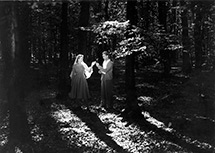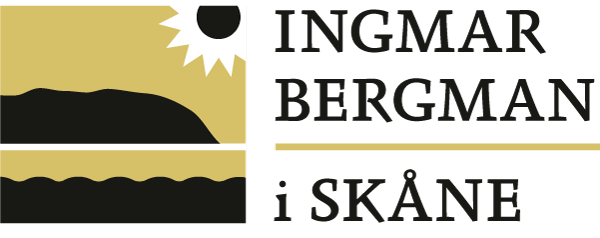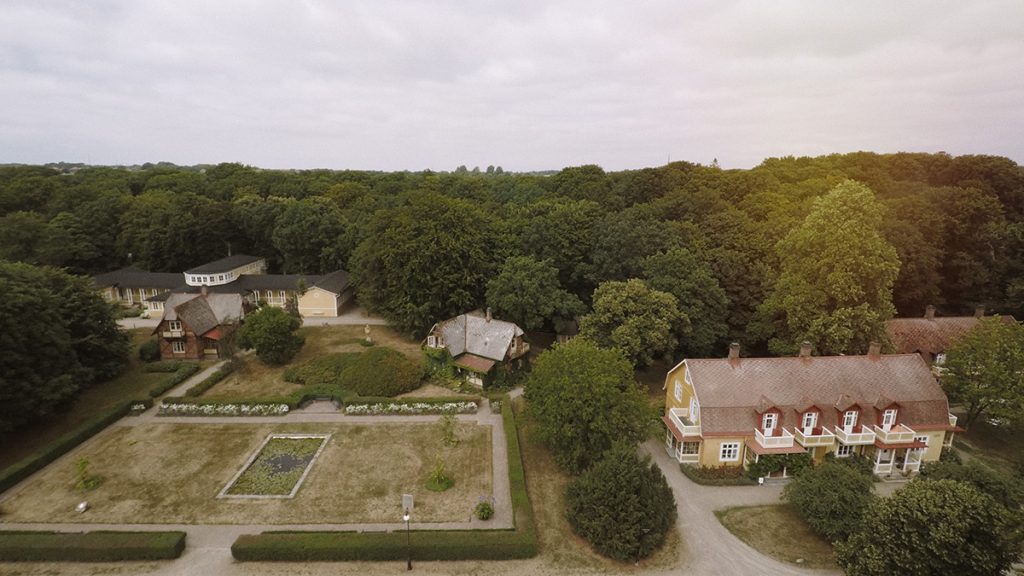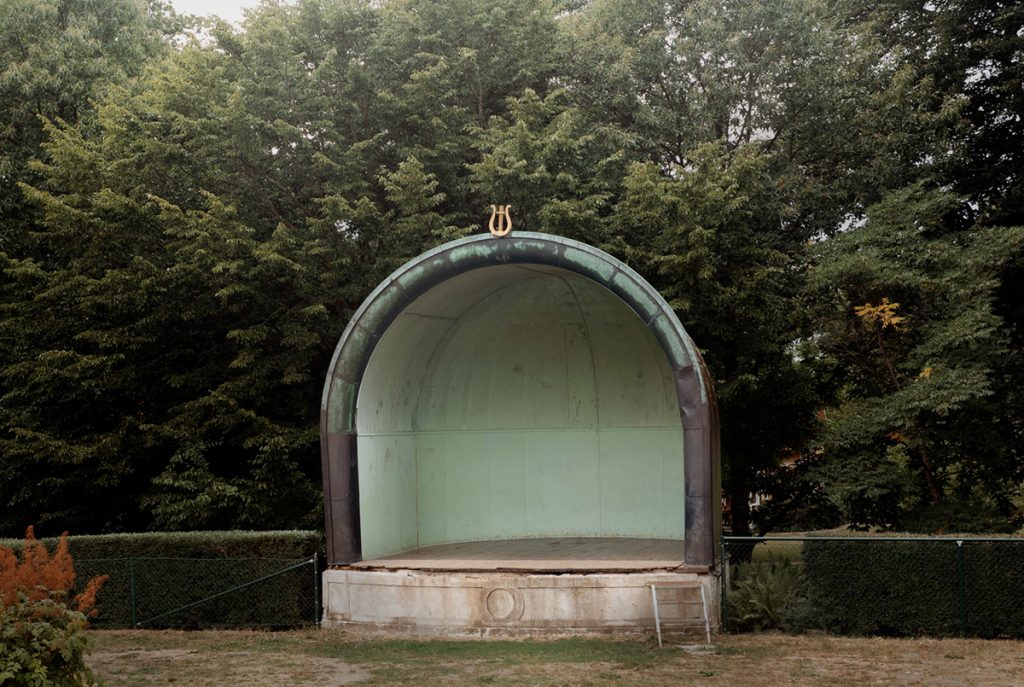Ramlösa is a district in the southern part of Helsingborg. For most people, it is strongly associated with Ramlösa Spa and, in particular, its mineral water, which has long been famous both nationally and internationally. The streets in this district reference its history, featuring names such as Surbrunnsgatan, Källgatan and Södra Brunnsvägen. Other streets, such as Döbeliusvägen, Stobaeusgatan, Rosenschöldsgatan and Ungegatan, have been named after spa physicians.
It was Johan Jacob Döbelius who, in the late 17th century, discovered that Ramlösa spring water had positive effects on the health of Charles XII’s soldiers. He was so impressed by the properties of the water in Ramlösa that, on 17 June, 1707, he opened a spa.
Eventually, the drinking of spring water became extremely popular. The prescribed dosage for sufferers of various diseases was 17 glasses of water on an empty stomach.
In the late 19th century, an additional spring was discovered which provided alkaline water rich in minerals and salts. With the addition of carbonic acid, Ramlösa mineral water was born. Up until 1973, Ramlösa was a health resort to which people travelled in order to be cured by its water.
Bergman’s film A Lesson in Love was partly shot in Ramlösa. It is possible that he found these locations while visiting Ramlösa during his time at the Helsingborg City Theatre (1944-1946). Alternatively, his relationship with the water might have been key: Bergman had his own special connection with Ramlösa in that its carbonated water was, over many years, his constant companion – until one day, that is, when he wrote a note to his housekeeper Anita Haglöf saying:
‘Hi Anita! The doctor says that I have a potassium deficiency and can’t drink Ramlösa any more since it causes dehydration. From now on, I have to stick to Imsdal! Your friend, Ingmar. Ramlösa addict.’
Shot in Ramlösa:

This elegant marital comedy, in which gynaecologist David Erneman (Gunnar Björnstrand) follows his wife Marianne (Eva Dahlbeck) to Copenhagen en route to meet her lover, was shot in several locations throughout Skåne, including Ramlösa, Pålsjö Forest and Arilds Nabb. The action alternates between the present and the past.
Directions:
Take the regional train from Helsingborg or Malmö.
Points of interest:
Ramlösa Spa has been employed many times as a gathering point for refugees. In the autumn of 1943, it was used as a refugee camp for Danish Jews who had fled across the Öresund. In the spring of 1945, it became a Nordic centre for the reception of the thousands of concentration camp prisoners who had been freed by the Swedish Red Cross as part of their ‘White Buses’ campaign. In the autumn of 1956, Ramlösa Spa acted as a transit camp for Hungarian refugees in the wake of the Hungarian Revolution.


